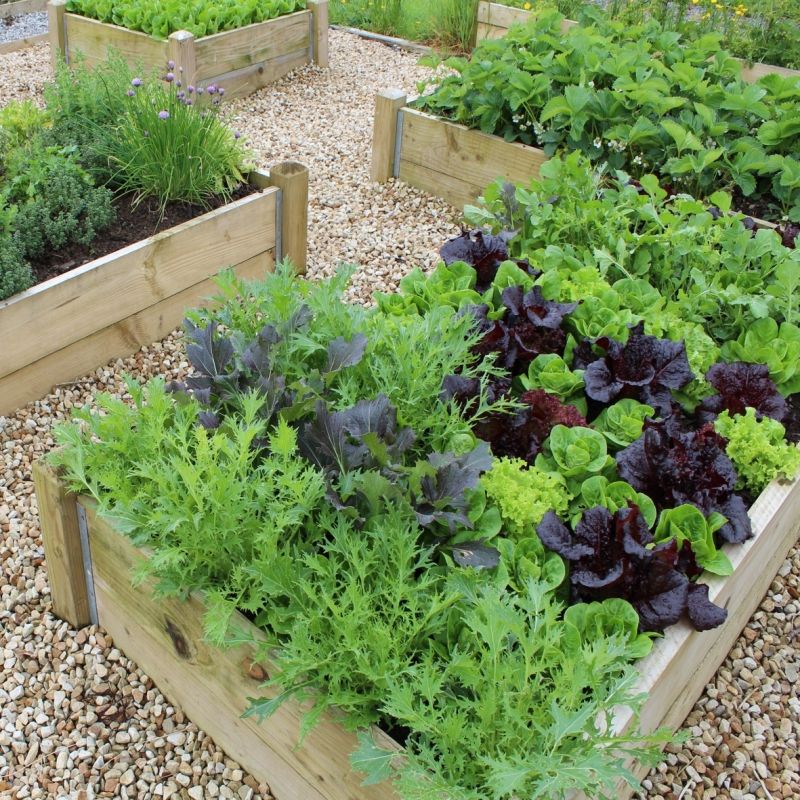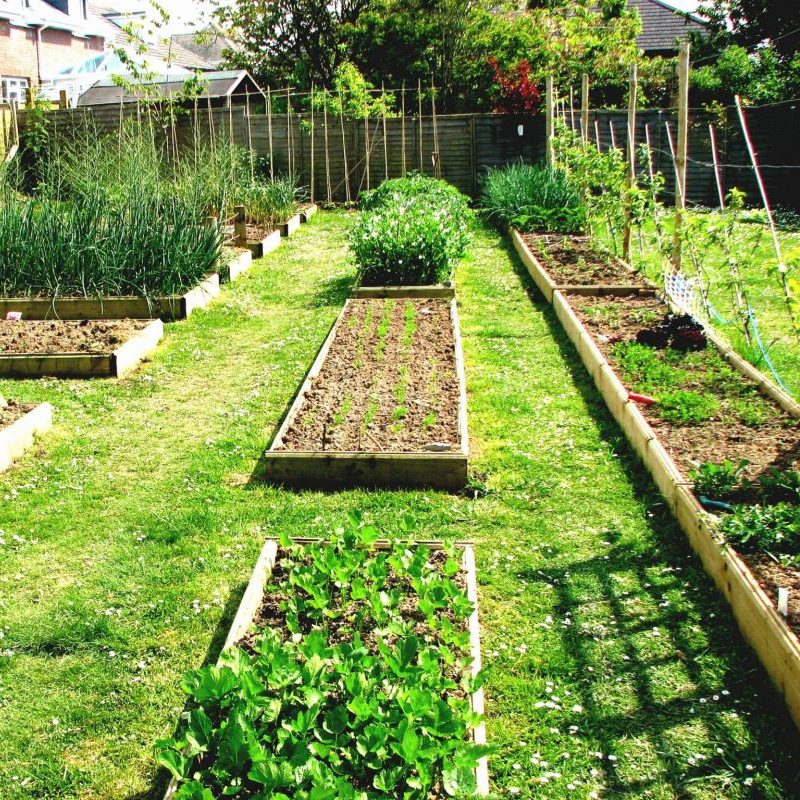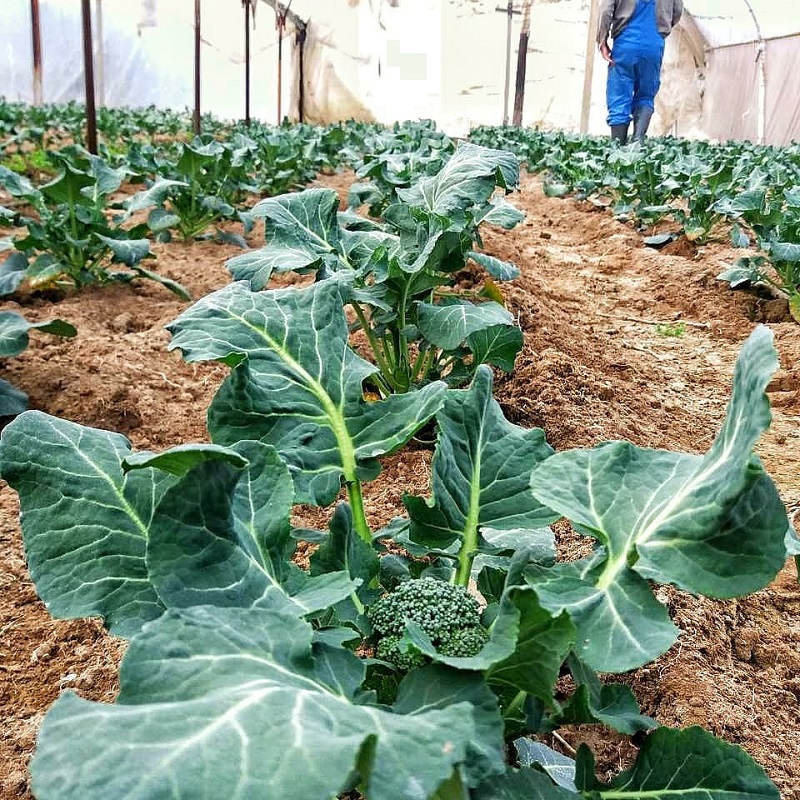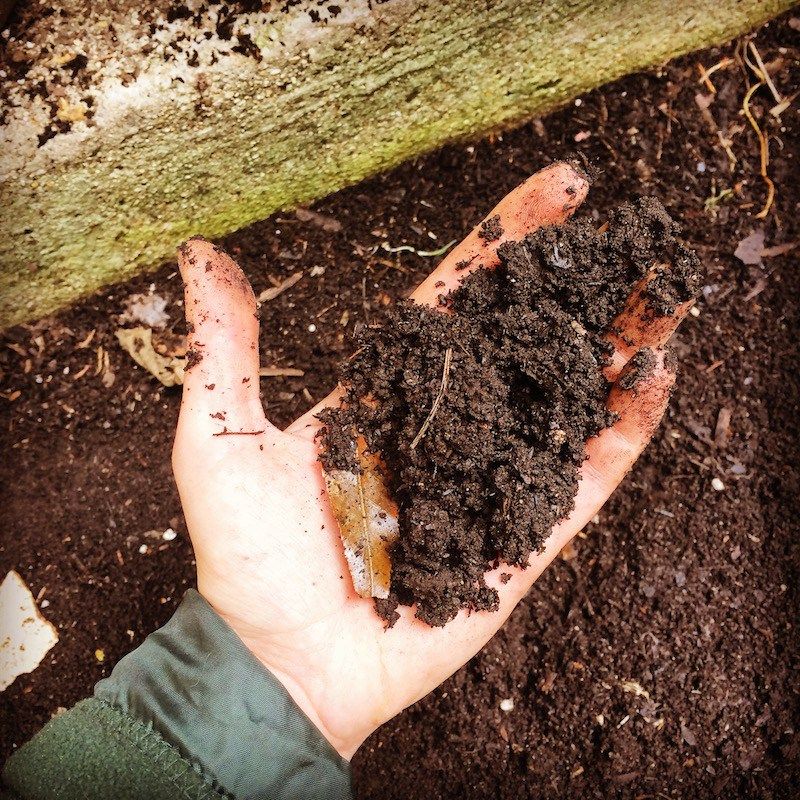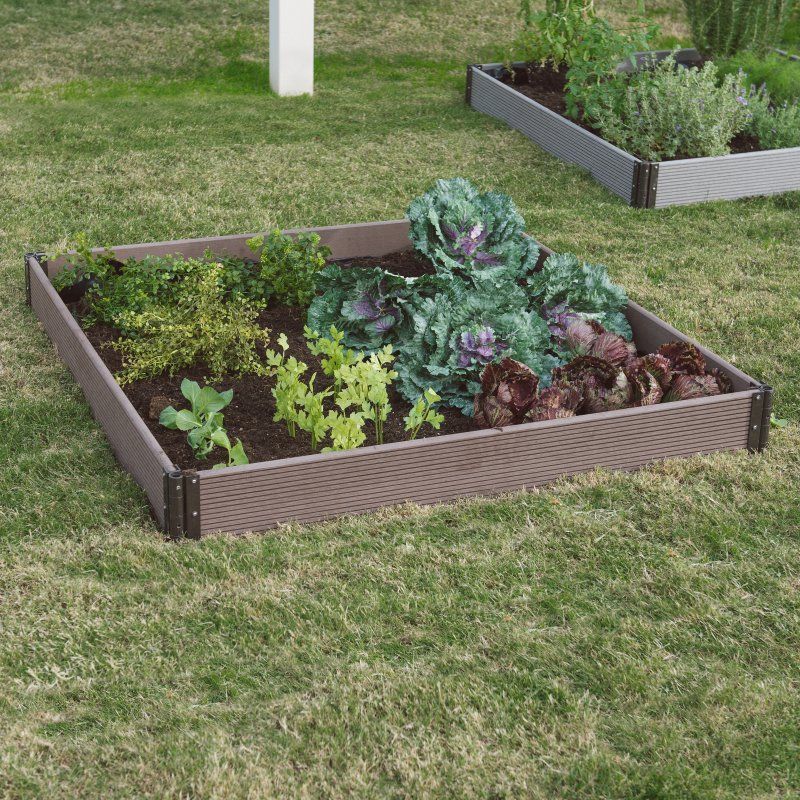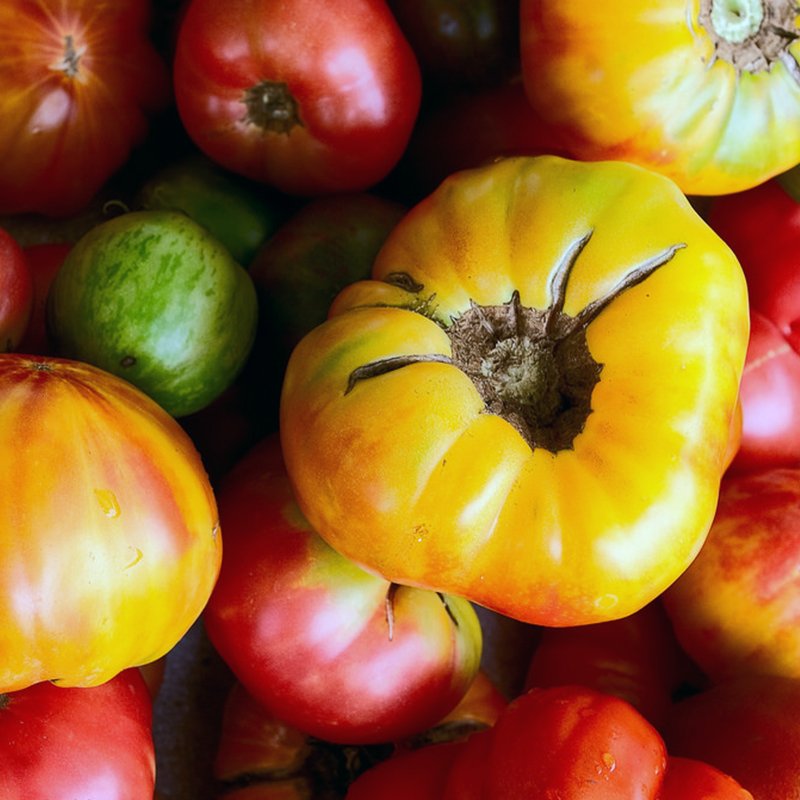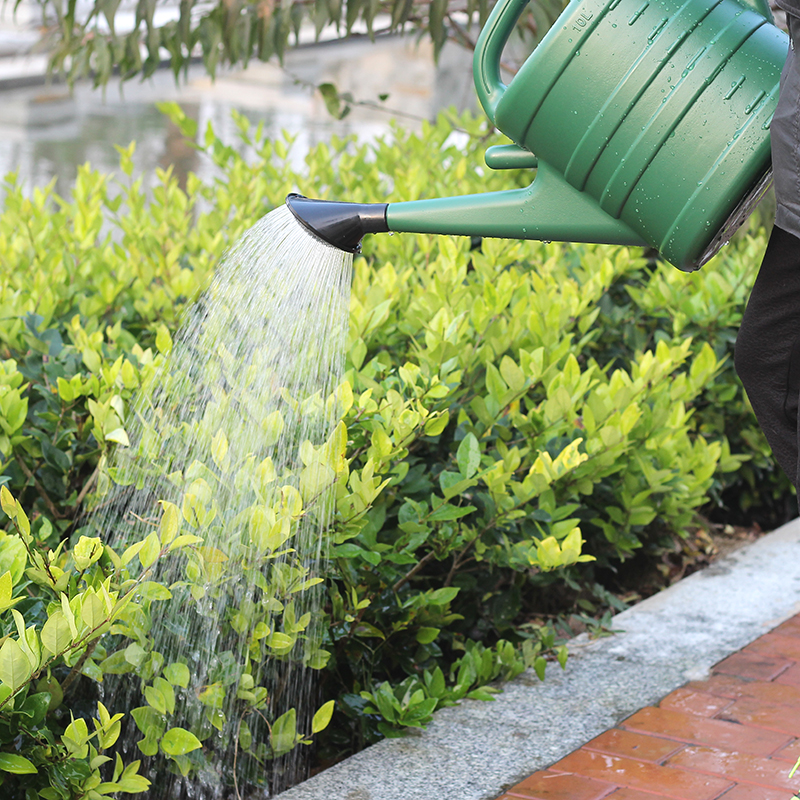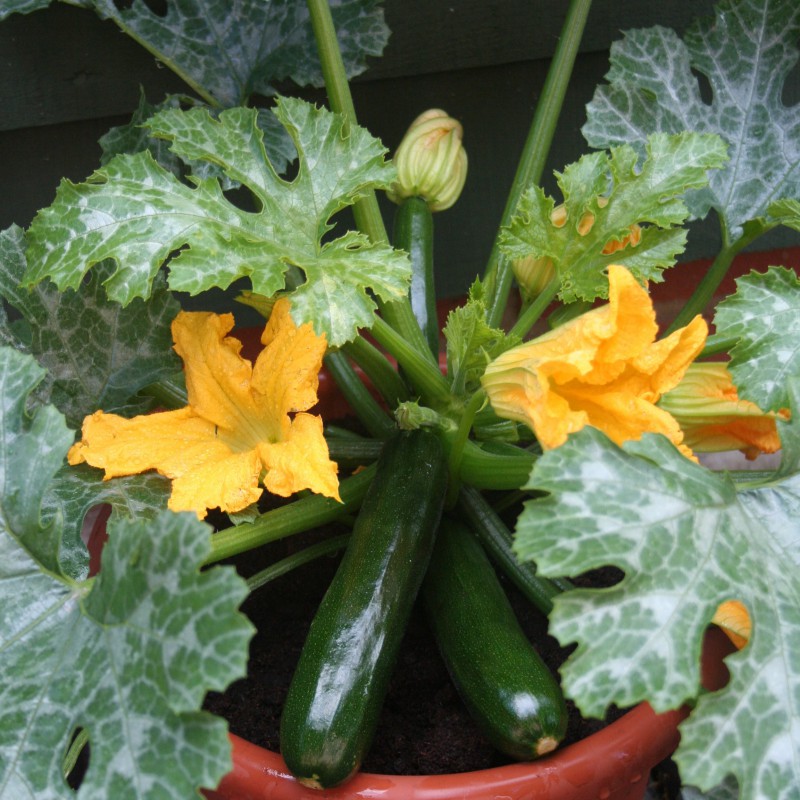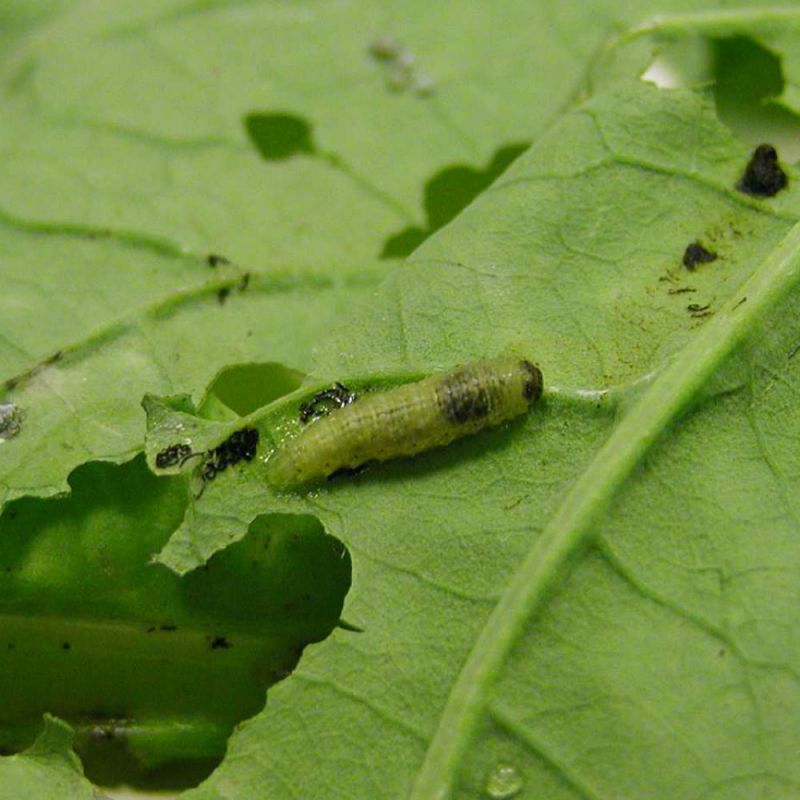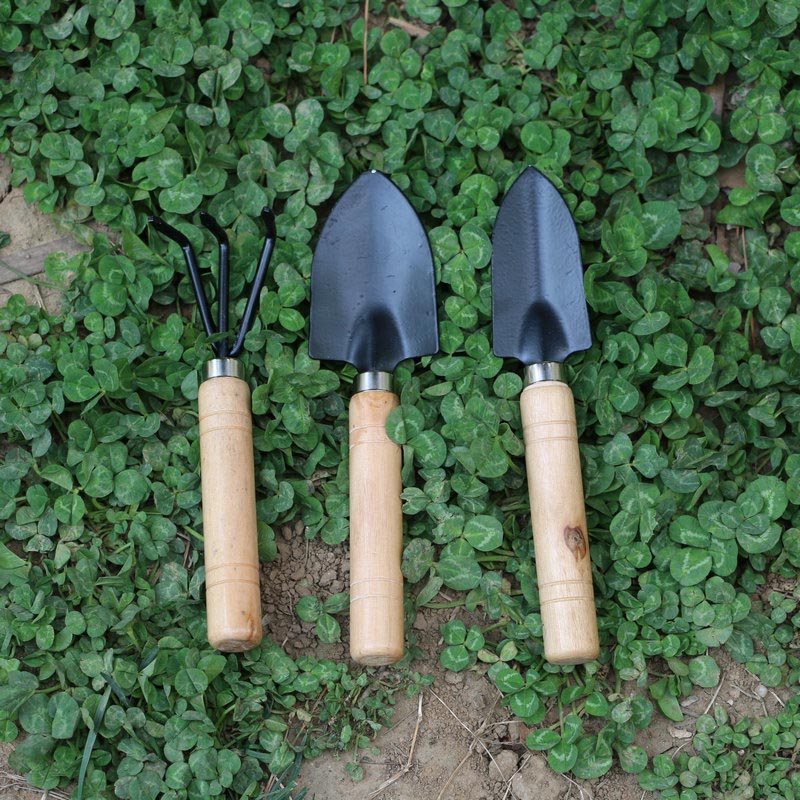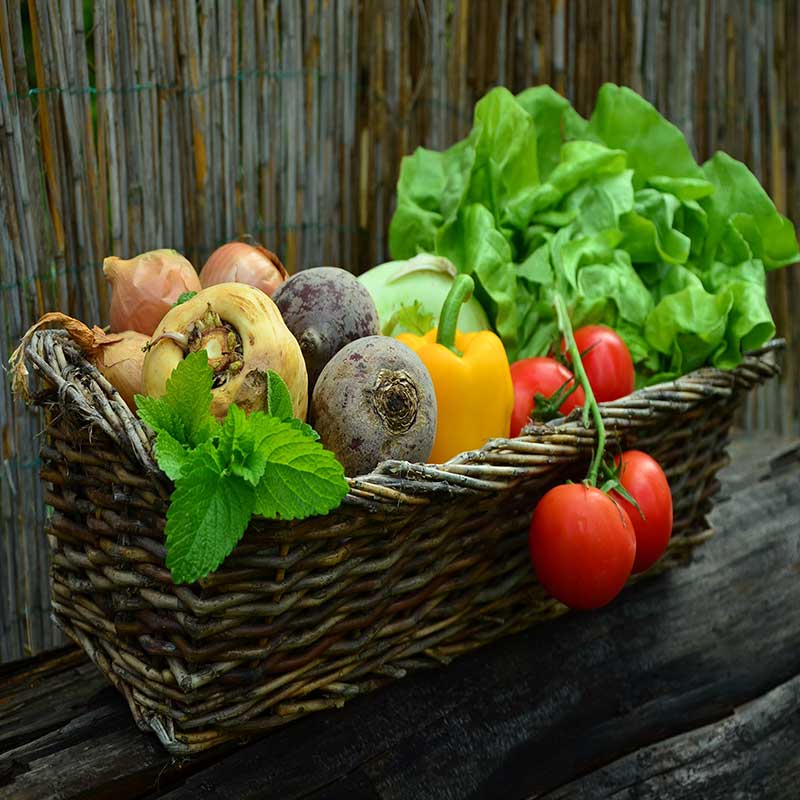
Nothing beats the freshness of self-grown vegetables. Moreover, you are able to save a lot of money too. If you want to eat the best foods, you should learn how to start vegetable garden.
Even though being a first-time gardener is uneasy. But your efforts will be paid off for sure. Because you can feel the pleasure of harvesting vegetables from the backyard. Here, we present you some steps to begin a garden.
Choose The Right Vegetables
Planning what you will plant is seriously important. And as a beginner, it is always nice to start with a small garden. Then, you must also understand that some vegetables love warm weather, but some don’t.
For instances, lettuce, peas, and turnips grow better in a cool environment. On the other hand, okra, tomatoes, eggplants, and cucumbers are categorized as warm-season vegetables.
Furthermore, bear in mind how much vegetables your family will consume. There are vegetables that keep providing you all the seasons such as zucchini, tomatoes, and bell peppers. Corn, radishes, and carrots just produce once a year.
Calculate The Size of Your Garden Meticulously
Without a garden plan, you will face difficulties in spacing the vegetables and where you plant them. That’s why we suggest you draw up this plan on a paper. You could discuss it with your online garden planner as well.
For you who grow plants in the pots and containers, you may only need a deck. If you are new to gardening, 10×10 feet garden plots are large enough. Make sure the areas are not filled with weeds.
Look for The Perfect Spot
Most gardeners like planting the vegetables near their kitchens. It is not totally wrong. However, it negatively affects your plants. Before deciding to garden, please consider three basic things below.
-
Good Amount of Sunlight
Frost-intolerant vegetables require 6 to 8 hours of direct sunlight on daily basis. The warm soil helps them resist the insects as well. Pick the sun-exposed space is a must.
-
Fertile Soil
The quality of your soil does matter. In general, vegetables grow best in the well-drained, organic, and moist soil. This soil condition keeps them alive and stronger. Do not forget to monitor the soil temperature too.
-
Lots of Water
Warm-season vegetables obviously need plenty of water. Water them regularly to prevent the potting soil from drying out. The water source should be close to them too.
Determine The Garden Layout
The way you arrange your plants is crucial. Because it leads to the successful gardening if you do it in the right method. Here are 2 common approaches to the garden layout.
-
Row Cropping
This layout is extensively chosen by beginners. Based on its name, the vegetables are orderly placed in rows. So, there are footpaths between each row.
Pros:
- It is suitable for a spacious yard.
- You can use mechanical gardening tools with ease.
Cons:
- Much of the space is wasted for the walking paths.
-
Intensive Cropping
This kind of cropping maximizes the gardening area. As the result, the areas for paths are highly reduced and the spacing between plants gets closer. Plus, The seeds are also scattered in wide bands.
Pros:
- Achieve maximum yield.
- Great for a small garden.
Cons:
- You remove the unwanted plants by hand.
Test and Fix The Soil
Bad soil conditions definitely inhibit the growth of your plants. Keep this awful thing from happening by testing the soil first. Then, you have to do soil improvement.
-
Soak Your Soil
Water the soil using a hose until completely soaked. On the next day, take a handful of your soil.
-
Squeeze It
Does water exactly stream out? Add organic matter or finished compost to increase soil drainage.
-
Do a Hand Test
The soil that easily falls apart is an unfavorable one. Because it is sandy and has poor quality. If you touch the ball-shaped soil and it breaks into the crumbs, it indicates your soil is ideal for gardening.
Dig Raised Garden Beds
Your soil is all right. You must think about digging the garden. First thing first, loosen the soil using a tiller. The next step is spread out your soil and blend compost into the soil. Water the soil and check its temperature with a soil thermometer.
Get The Vegetable Varieties
You surely know that the choices of vegetables are nearly limitless. That’s why we advise you to specify the plant’s type. Read the description on each variety. Because vegetables have different characters and features.
Find out a lot of information on the seed catalogs. Select more than 2 varieties. So, when one variety does not flourish well, you can give another plant a try.
Additionally, buy the started vegetables at garden centers. You don’t have to sow the seeds on the ground. However, unique vegetable seeds can only be purchased through mail-order sources.
Feed and Weed The Plants
Just water your warm-season veggies infrequently. An inch of water in a week is enough. For sunken crops, give them drink once a week. But raised garden beds need water every day.
Improve the quality of your soil by adding in a vegetable fertilizer. Keep in your mind that over fertilizing plants certainly decrease their yields. Remove the unpleasant seedlings using fork, hoe, or a mulch of plastic.
Harvest Time
Do not hesitate to pick your fresh produce. Since vegetables have various harvest periods, their looks are the simple clues. In addition, you can harvest young leaf lettuce, cucumber, and squash.
Fight Plant Diseases and Pests
To overcome these ongoing issues, we offer general guidance for you. Luckily, they are easy to follow.
-
Summer Insects
Take the caterpillars by your hand. For the bugs, we recommend you to use special insecticidal spray.
-
Fungus
Never water your plant’s leaves. Do not make compost with sick plants.
-
Spring Insects
Plastic row covers are absolutely helpful to give your vegetables an extra protection.
-
Rabbits and Deer
Build 8-foot tall fences to stop deer and rabbits damaging your crops.
Prepare Gardening Basic Equipments
Wanna be a gardener? At least you own some essentials such as stirrup hoe, garden rake, hose nozzle, and trowel.
In short, gardening is a rewarding and fun activity. So, don’t be afraid to make the small mistakes. Keep learning how to start vegetable garden. And enjoy it from the scratch.

